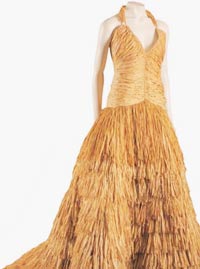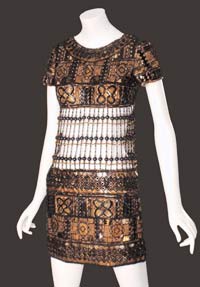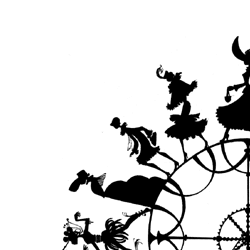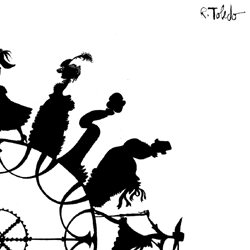| |
The Fashion
and Textile History Gallery
1950- PRESENT
The empire of fashion seemed
stronger than ever in the 1950s, when designers and editors dictated
seasonal changes in silhouette, hemline, and color. (“Think pink! Banish the
beige!”) The great couturier Christian Dior died suddenly, but his throne
was soon occupied by Yves Saint Laurent. The 1950s were years of nuclear
anxiety, economic expansion, social conservatism, and the rise of American
popular culture. Yet even as bourgeois standards of propriety and good
taste” were expressed in fashion through girdles, hats, and gloves, young
people were developing fashions of their own.
By the 1960s, the empire had begun
to break up into various style tribes. The coming of age of the postwar baby
boom generation, together with a strong economy, led to the rise of an
international youth culture. “Youthquake” styles were closely linked to
popular music, especially in London, where young women first started wearing
miniskirts, while men dressed like peacocks. Futuristic fashion was soon
followed by stylish versions of hippie anti-fashion. Despite the rise of
influential new designers and popular trends, the time had clearly passed
when a single designer could dominate the look of a season or decade the way
Dior once had with the New Look of 1947. Italy, Japan, and New York became
new centers of fashion. Today, the vicissitudes of globalization and the
development of new technologies for design and production (including the
creation of new techno-textiles”) increasingly influence the future of
fashion.


|
|
 |
 |

